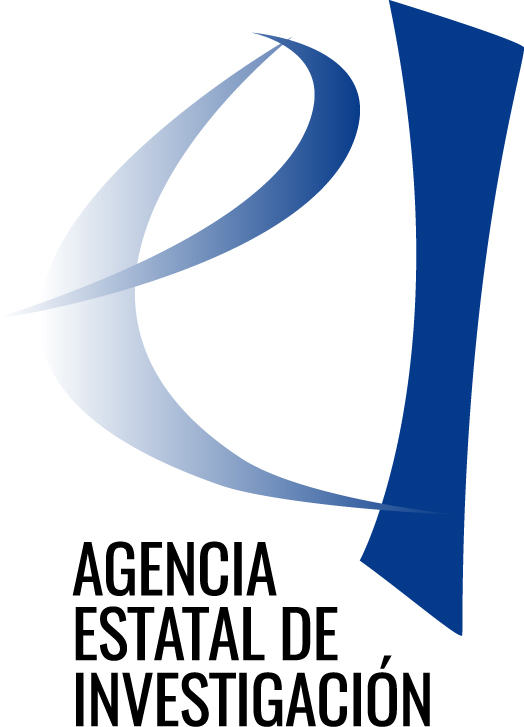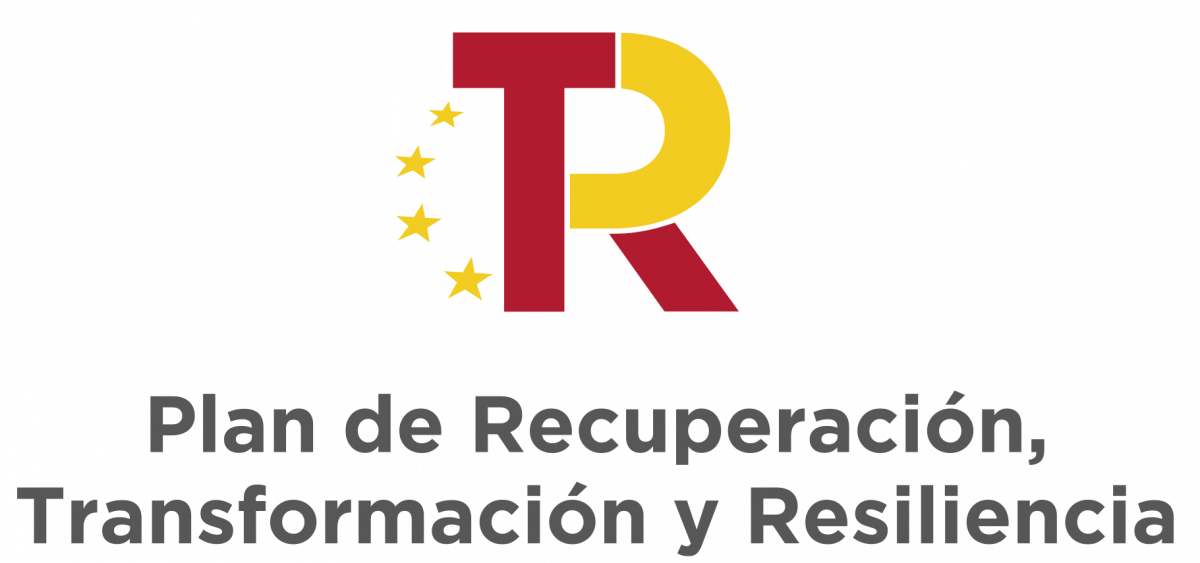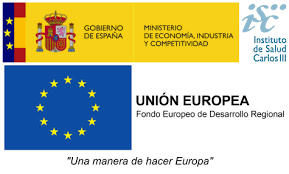 Genomics Unit
Genomics Unit
Genomics Unit
Overview
The Genomics Unit of the Center for Genomic Regulation (CRG) belongs to the CRG's Core Technologies program. The Genomics Unit aims to offer next-generation sequencing (NGS) services to both internal users of the CRG and external users from other research centers or private companies.
The Unit offers a wide spectrum of standard protocols for multiple DNA and RNA NGS sequencing applications (see services). In addition to using standard protocols, the Unit has special interest in:
- Customizing methods to obtain optimal results even from difficult samples that would not work using standard procedures.
- Developing and implementing cutting-edge technologies to assist researchers in their own projects.
The Genomics Unit covers the following areas of research:
- Biomedicine
- Functional genomics
- Biodiversity and comparative genomics
- Ecosystem monitoring, pathogen identification, and agrigenomics
You can learn more about the unit by taking the virtual tour HERE.
Latest Updates
February 2025_The Genomics Unit has received a second NovaSeq6000 from Illumina thank you to a donation from the Sanger Institute. With this acquisition, the Genomics park of instruments has increased to 1 iSeq100, 1 MiSeq, 1 NextSeq500, NextSeq2000, 2 NovaSeq6000.
July 2024_ Genomics Unit strengthens the long-read sequencing area with the purchase of a PromethION P2 solo. This instrument has two high-output flow cells delivering up to 580 Gb of data.
June 2024_Genomics Unit hosted the Core for Life Annual Genomics Group meeting with more than 50 participants coming from the EMBL, FGCZ, Institut Pasteur, VBCF, and VIB institutes. Core for Life was established in 2012 as an Excellence Alliance of Life Science Core Facilities in Europe. The mission of Core for Life is to explore the potential of coordinating and bundling core facility expertise and resources across institutes and countries in order to advance knowledge and to benefit the entire scientific and technological community.
January 2024_Genomics Unit has acquired a Chromium X from 10X Genomics to carry out standard and large-scale single cell projects.
July 2023_Genomics Unit expands the short-read sequencers purchasing a DNBseq G400 from MGI. This sequencer is suitable, among others, to perform the spatial transcriptomics STEREO-seq technology.
Berta Fusté CV
| October 2022- present | Head of the Genomics Unit. Centro de Regulación Genómica (CRG) |
| Jan. 2014 – Sept. 2022 | Senior Project manager, Centro Nacional de Análisis Genómico (CNAG-CRG). Centro de Regulación Genómica (CRG) |
| June 2013 – Dec. 2013 | DNA Next Gen sequencing manager, Scientific and Technological Centers from UB (CCiTUB). Genomic Unit.University of Barcelona. |
| Mar. 2012 – June 2013 | Project manager/Business developer, Ninsar Agrosciences S.L. |
| Nov. 2005 – Oct. 2012 | DNA Next Gen sequencing manager, Scientific and Technological Centers from UB (CCiTUB). Genomic Unit.University of Barcelona. |
| Feb. 2005 - Oct. 2005 | Postdoctoral fellow, Immunopathology and Virology Unit. Experimental Sciences and Health. Pompeu Fabra University. |
| May 2000 - Jan. 2005 | PhD in Biology, Dept. of Hemotherapy and Haemostasis. Hospital Clínic. Medicine, University of Barcelona. |
| May 1999 - May 2000 | Research assistant, Dept. Hematology-Oncology. Illinois Masonic Medical Center, Chicago, IL. |
| May 1998 - Apr. 1999 | Master fellow, Dept. of Hemotherapy and Haemostasis. Hospital Clínic. Medicine, University of Barcelona. |
| Nov. 1997 - May 1998 | Laboratory technician, Quality Unit. Semillas Fitó S.A. |
| Feb. 1997 - Oct. 1997 | Internship, Biotechnology Unit. Semillas Fitó S.A. |
Funding Acknowledgements




The project R+D+I project "Plataforma de secuenciación de ADN de lecturas cortas de alto rendimiento y alta flexibilidad" (EQC2021-006925-P) is funded by the Spanish Ministry of Science and Innovation (MICIN), the State Research Agency (AEI) and the "European Union NextGenerationEU/PRTR".




The project R+D+I project “Instrumento de secuenciación de DNA y RNA de medio-alto rendimiento con alta fiabilidad y flexibilidad” (EQC2024-008613-P) is funded by the Spanish Ministry of Science and Innovation (MICIN), the State Research Agency (AEI) and the "European Union NextGenerationEU/PRTR".
How to access: service request and sample delivery guidelines
All services offered by the Genomics Unit are accessible to all the scientific community. Access is always open and services are performed upon request.
All services and equipment provided by the Genomics Unit are available through the AGENDO web platform.
You can access AGENDO using the following link: https://crg.agendoscience.com/
Sample requirements and shipping guide
Agendo user guide
Quick Agendo sample submission guide
Globus user guide
For further information please contact project management at ngs@crg.eu
Service Prices
Services offered
| Whole and Targeted Genome | Transcriptome | Epigenome | Single Cell and Spatial genomics and transcriptomics |
|---|---|---|---|
| WG-Seq | mRNA-seq | ChIP-seq | Single cell RNA-seq |
| ExomeCapture-seq | Ribodepleted RNA-seq | ATAC-seq | Single cell ATAC-seq |
| CustomCapture-seq | Low input mRNA-seq | HiC-seq | Single cell Multiome_ATAC |
| PanelCapture-seq | Low input ribodepleted RNA-seq | Cut and Run-seq | Single cell Multiome_GE |
| Amplicon-seq | smallRNA-seq | Methyl-seq | SMARTseq2 |
| Genome editing CRISPR | Ribo-seq | Other | Spatial transcriptomics |
| WG SNP genotyping | Other | Other | |
| Other |
Whole and Targeted Genome
Whole-genome sequencing (WGS) determines the order of all nucleotides in an individual’s DNA and can uncover variation in any part of the human genome, including coding, noncoding, and mitochondrial DNA (mtDNA) regions. In some instances, WGS is the better option because DNA variations outside protein-coding regions can affect gene activity and protein production. We offer several protocols depending on the final objective of the project:
- WGS-PCR free
- WGS-PCR
- WGS-Tn5
- WGS-long reads
Targeted Genome identifies short nucleotide and copy number variants across interesting regions of the genome providing a cost-effective alternative to WGS, greater sequencing depth, and producing smaller and more manageable data sets compared to WGS data. There are several approaches as:
- Exome sequencing (WES, 40-60 Mb) focused on the genomic protein coding regions (exons).
- Gene panels or Custom capture sequencing (250 kb-5 Mb) a selected set of genes or areas of interest are studied.
- Amplicon-seq is an approach that enables to analyze genetic variation in specific genomic regions through ultra-deep sequencing of PCR products (amplicons), a common application is sequencing the bacterial 16S rRNA gene across multiple species, a widely used method for phylogeny and taxonomy studies, particularly in diverse metagenomics samples.
Transcriptome
Transcriptome refers to the set of all RNA molecules from protein coding (mRNA) to noncoding RNA, including rRNA, tRNA, lncRNA, pri-miRNA, and others. Bulk RNA-Seq is a method that analyzes pooled RNA from cells or tissues. We can offer several approaches:
- mRNA-seq where mRNA is selected via oligodT beads from total RNA, so libraries are prepared only from polyadenylated transcripts from samples.
- Ribodepleted RNA-seq analyzes both coding and multiple forms of noncoding RNA for a comprehensive view of the transcriptome.
- Small RNA-seq, a technique to isolate and sequence small RNA species, such as microRNAs (miRNAs) which act in gene silencing and post-transcriptional regulation of gene expression. We provide a wide variety of protocols for standard and low input samples.
Epigenome
Epigenome corresponds to the changes in gene activity caused by mechanisms other than DNA sequence modifications, including alterations in DNA methylation, DNA-protein interactions, chromatin accessibility, histone modifications, and more. We offer several applications as:
- ChIP-seq is a method for identifying genome-wide DNA binding sites for transcription factors and other proteins. DNA-bound protein is immunoprecipitated using a specific antibody and the bound DNA is then coprecipitated, purified, and sequenced.
- ATAC-seq (assay for transposase-accessible chromatin with sequencing) is a method for determining chromatin accessibility across the genome helping to uncover how chromatin packaging and other factors affect gene expression.
- HiC-seq maps chromatin contacts genome-wide and allows detection of long-range DNA interactions, and it has also been applied to studying in situ chromatin interactions. In this method, DNA-protein complexes are crosslinked with formaldehyde. The sample is fragmented, and the DNA is extracted, ligated, and digested with restriction enzymes. The resulting DNA fragments are PCR-amplified and sequenced. Deep sequencing provides base-pair resolution of the ligated fragments.
- Methyl-seq an approach used to study methylation patterns of DNA. These patterns can be used to identify different cell types in epigenetics and for example, oncology research.
Single Cell and Spatial genomics and transcriptomics
Single-cell sequencing refers to the sequencing of individual cells to obtain genomic, transcriptomic, or multi-omics information at single-cell level. The data you generate with this technology has a much higher resolution than conventional bulk RNA sequencing methods and can reveal details that you would otherwise miss. We offer several protocols depending on the final objective of the project, from microfluidics solutions (10x Genomics) to combinatorial and plate-based approaches.
- 10X Genomics
- Combinatorial approaches (EasysciRNA-seq, Parse Biosciences, Scale Bio)
- SMARTseq2
Spatial Transcriptomics studies how gene expression is spatially regulated at the tissue level allowing the detection of cellular heterogeneity in tissues, tumours, as well as determine the subcellular distribution of transcripts in various conditions.
- STEREO-seq: spatially-resolved transcriptomic analysis through its proprietary SpaTial Enhanced REsolution Omics-Sequencing (Stereo-seq) technology combines in situ capture with DNB-seq, DNB sequencing is based on lithographically etched chips (patterned arrays) for in situ sequencing.
Equipment
Quality control and library preparation instruments
- Bioanalyzer (Agilent Technologies)
- Fragment Analyzer (Agilent Technologies)
- Covaris (Covaris).
- Chromium X (10x Genomics)
Automated liquid-handling instruments
- Tecan Evo (Tecan Ibérica)
- Tecan Fluent (Tecan Ibérica)
- Tecan Fluent compact (Tecan Ibérica)
- iDOT (Dispendix)
- G.PURE (Dispendix)
Short read NGS sequencers
- Novaseq6000 (Illumina)
- Nextseq2000 (Illumina)
- Nextseq500 (Illumina)
- MiSeq (Illumina)
- iSeq100 (Illumina)
- DNBSEQ-G-400 (MGI Tech)
Long read NGS sequencers
- MinION (Oxford Nanopore Technologies)
- PromethION 2 solo (Oxford Nanopore Technologies)
IT infrastructure
- 5 petabytes of storage, 2,000 computer cores and a 10 Gb/s internal network.

Head of unit
Technicians
Technicians









